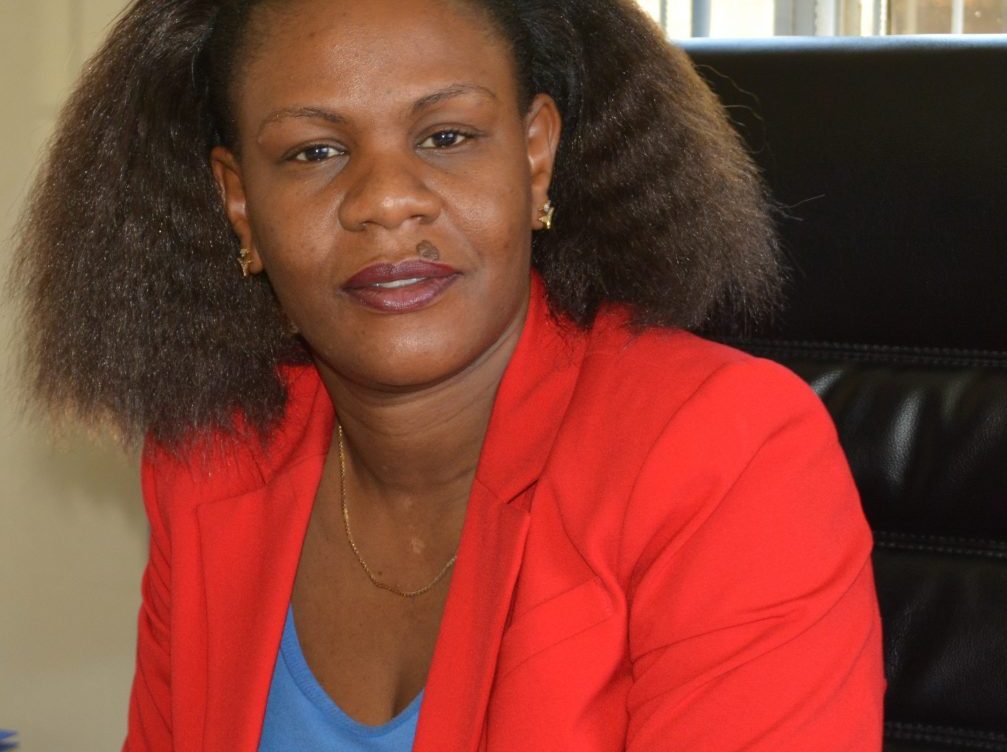
How newspapers cover women: A case of December 2016
By Lilian Saka-Kiefer
A lot of sentiments have been raised about how the media marginalizes women. This situation raises concern especially due to its adverse impact on women empowerment and women participation in leadership.
Panos Institute Southern Africa (PSAf), with funding from Hivos, took interest to reflect on this issue and generate evidence. Panos commissioned a monthly monitoring of media coverage of women in Zambia, with the aim of determining the extent to which the media positively or negatively profiles women. The study started in December 2016 to establish the extent to which media reporting marginalizes women and limits their opportunities to participating in leadership.
The specific objectives of this exercise are to establish the quantity of coverage of women and to determine the quality of coverage of women in general, and women leaders in the four major newspapers in Zambia – the Zambia Daily Mail, the Times of Zambia, The Mast and the Daily Nation.
The findings for the month of December 2016 show that only 693 articles out of 5060 articles covered women, putting women coverage at 13.7% of the total coverage across the four papers. This presents a picture of how severely marginalised women were by the media. The remaining 86.3% of the coverage covered men and other stories that were not related to women.
Specific details of the findings are as presented in the table below:
Table. 1: Coverage of women as a percentage of the total media coverage in December 2016
| ARTICLES | |||||
| Articles covering Women | % of Articles covering Women | Articles not covering Women | % of Articles not covering Women | Grand Total | |
| Total | 693 | 13.7% | 4367 | 86.3% | 5060 |
| Daily Nation | 148 | 11.1% | 1185 | 88.9% | 1333 |
| The Mast | 79 | 10.5% | 673 | 89.5% | 752 |
| Times of Zambia | 286 | 16.2% | 1481 | 83.8% | 1767 |
| Zambia Daily Mail | 180 | 15% | 1028 | 85% | 1208 |
Source: Primary Data
The study also found that this low coverage of women is further entrenched by low prominence of articles on women. Articles that are considered more important by the newspaper are given more prominence through their page allocation, space allocation and their type whereby they can either be lead news which is highly prominent, or anchor news or even filler. It was found that 67% of news articles on women were published as anchor news and/or sidebars. Anchor news and sidebars are not unimportant but the news they carry is given less importance by the newspaper compared to the lead stories. 30% of the 693 stories on women were lead news stories. Considering that women already received a paltry 13.7% of total coverage, the fact that only 30% of this was lead news suggests that women are not considered as high value sources of news by the media.
Another important finding of this study was that 46% of the coverage of women in December carried positive profile, while 37% was negative and only 17% was neutral. This suggests that the 37% negative profile is too big that it in some cases overshadows the positive 46% as negative stories especially about women tend to be considered juicy and more exciting. In terms of visibility and debate, the 37% negative profile is too significant.
The study further analysed the roles that women played in the articles as lead sources, and/or main subject. The was to determine whether women are given a voice as active participants in the media or they are covered as passive actors. Only 26% of all articles on women covered women’s voices exclusively, while 61% covered both women and men sources. A shocking 13% of all articles on women featured male voices only, speaking on behalf of women. So, while women’s coverage and visibility was already very low, there is a clear lack of voice where in most cases, men are featured to speak on behalf of women.
There have been debates that women tend to be media-shy; therefore, media practitioners go after male sources who are more forthcoming. The question we have been asking at Panos is, what are the repercussions of this bias in coverage? If indeed, women are media-shy, should what is at stake not motivate us to find ways of closing the gender gap in reporting?
At Panos, we will be monitoring media coverage of women every month, and share our findings, with the aim of mobilizing stakeholders to come together and find ways of closing the gender gap and change this bleak picture. We look forward to hearing your views on how together we can make a difference.
The author is Panos Executive Director. For feedback, email: lilian@panos.org.zm.